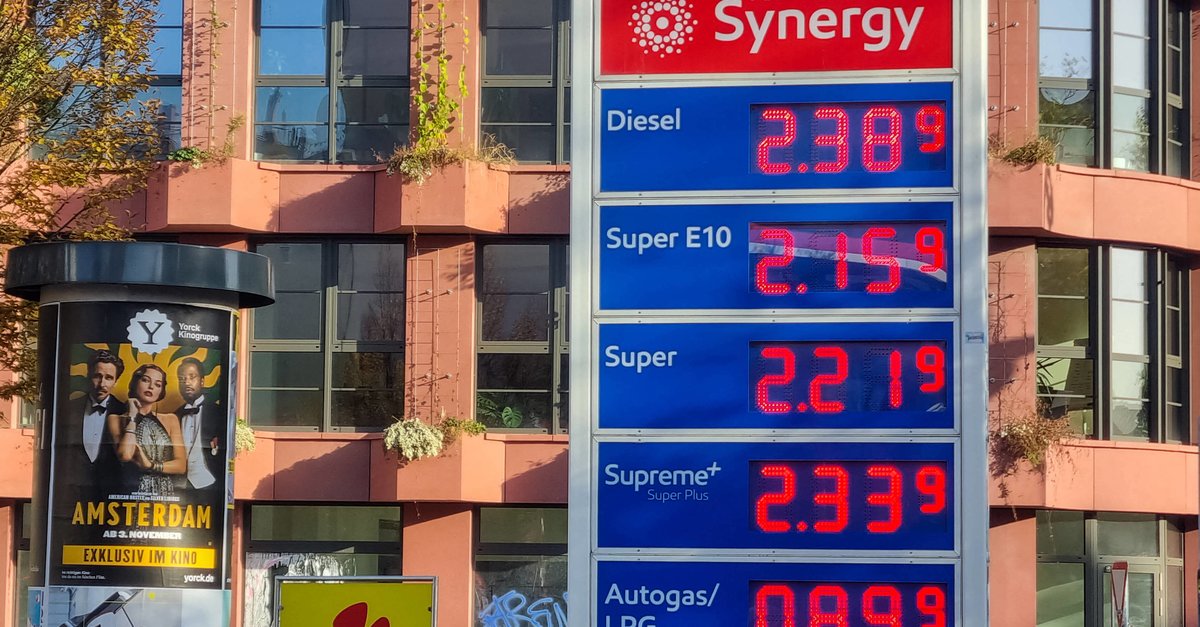Researchers develop algorithms to predict terrorism
Already today, algorithms show the extent to which technology can enrich our everyday lives. Live information in transport associations, the app for the fastest route to your grandmother in Cloppenburg or a nice compilation of pictures from last year, there are some things that you don’t want to remove from your everyday life at all. Researchers are now demonstrating that terrorist attacks can also be predicted.
The algorithm examined by the scientists also has some weaknesses and cannot cover all types of attacks. Events that occur sporadically remain difficult to predict, but computers could make a difference in regions where terrorism is more common.
We define terrorism as politically motivated attacks outside legitimate warfare (ie, targeting noncombatants) perpetrated by non-state actors to communicate to a wider audience. Definition of the term ‘terrorism’ in the study
The algorithm takes a number of factors into account. In addition to the proximity to international borders, population density also plays a role. Because attacks are more common in less populated areas, which is also due to the presence of security forces.
It is also interesting in this context that in areas with strong terrorism (e.g. Southeast Asia) the probability of a follow-up attack increases in the following 200 weeks after an attack. In safer areas (such as Russia), the likelihood increases over the next 400 weeks.
All of these factors mean that the computer could stand in the way of further terrorist attacks. If a high risk is calculated for an area, security forces there could be more vigilant and show more presence. Nevertheless, it remains to be seen to what extent the research results can save lives.
Own opinion
It has long been known that machines can make our lives easier and also ensure significantly more safety. The only important thing in such research is that the results can also be repeated in practice. Because technology surveillance usually shows some weaknesses, a more recent example is facial recognition at Berlin Südkreuz train station.
Via The Next Web



